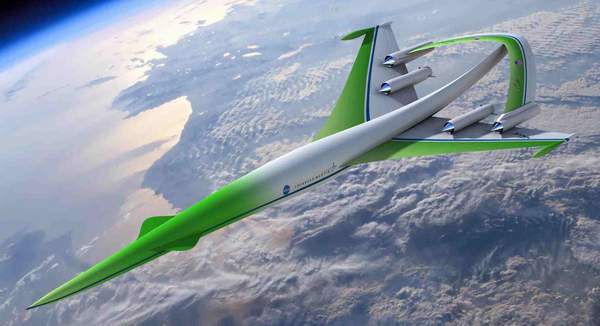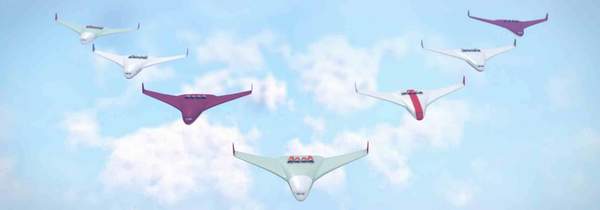 Pilotless Solar-Powered Future Aeroplanes
Pilotless Solar-Powered Future Aeroplanes
by Patricia Montgomery, LincsMag Writer.
Date: 27 October 2011

Aeroplanes of the future ... pilot-free, solar-powered and in formation ... the UK could lead the world in aerospace innovation and tap into £2 trillion market.
The UK needs to take steps now to lead the way in the development of new technologies like renewable and intelligent passenger aeroplanes, according to a report by the Institution of Mechanical Engineers.
The UK is currently the second biggest aerospace manufacturer in the world, but growing competition from emerging nations like China means it could risk losing its position. The “Aero 2075: Flying into a bright future?” report sets out key recommendations to enable the UK to tap into enormous and economy-changing sales.
Even in the next 20 years, there are potential sales of 25,000 new aircraft, set to be worth over £2 trillion ($3 trillion).
Institution of Mechanical Engineers
Stephen Tetlow, Chief Executive of the Institution of Mechanical Engineers pointed out, “Now is the time for industry and Government to focus on sectors that can help lift the country’s economy.
“The UK aerospace sector already employs over 100,000 people around the country and is worth over £29 billion a year to our economy, but we need to take action now to ensure this sector can continue to thrive and grow.
“There is great potential for new UK aerospace technologies, but in order to compete with emerging nations, we need to set up a strategic vision for UK aerospace, establish a new dedicated aerospace research body and restore research and development funding to pre-recession levels.”
The report examines new technologies like formation flying for commercial aircraft – which is more fuel efficient and less environmentally damaging; commercial aircraft with blended wing design – where the wing blends smoothly with the plane’s wide tail-less fuselage – making the plane more efficient and less noisy; aeroplanes powered by solar or hydrogen fuel cells; and intelligent navigation.
What Government and Industry Has To Do!
In the report the Institution calls for Government and industry to:
• set out a long-term strategic vision for investing in the UK’s aerospace sector as it is vital
to the UK’s economic recovery.
• establish a UK Advanced Technologies Aerospace Research Centre.
• ensure UK PLC is an attractive investment location and restore research and development funding to
pre-recession levels.
See it in Action
How does it work?
As the air flow hits the first aircraft and flows down the wings to winglets where it creates a vortex. This vortex provides lift and drag which is then combined with the vortices of the aeroplanes flying behind; the combine vortex produces less drag on the individual aircraft flying within the formation.
The aeroplanes shown here, which could be commercial in 2050-2075, could be autonomous – so controlled by computer programmes rather than pilots.
Remote sensing equipment such as LIDAR (Light Detection and Ranging) and IR (Infra-red) cameras would allow the aircrafts to autonomously position themselves to make the maximum use of the vortexes from the aircraft ahead of them.
The flight separation of each plane within the formation would be somewhere in the region of two miles to take advantage of the vortices.
